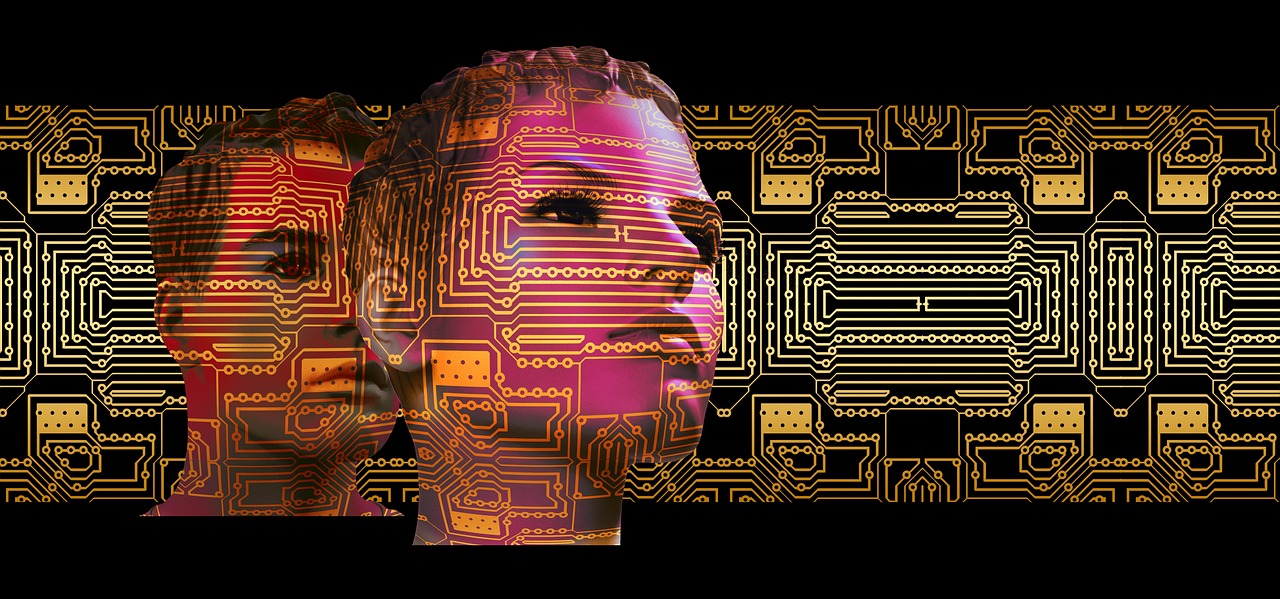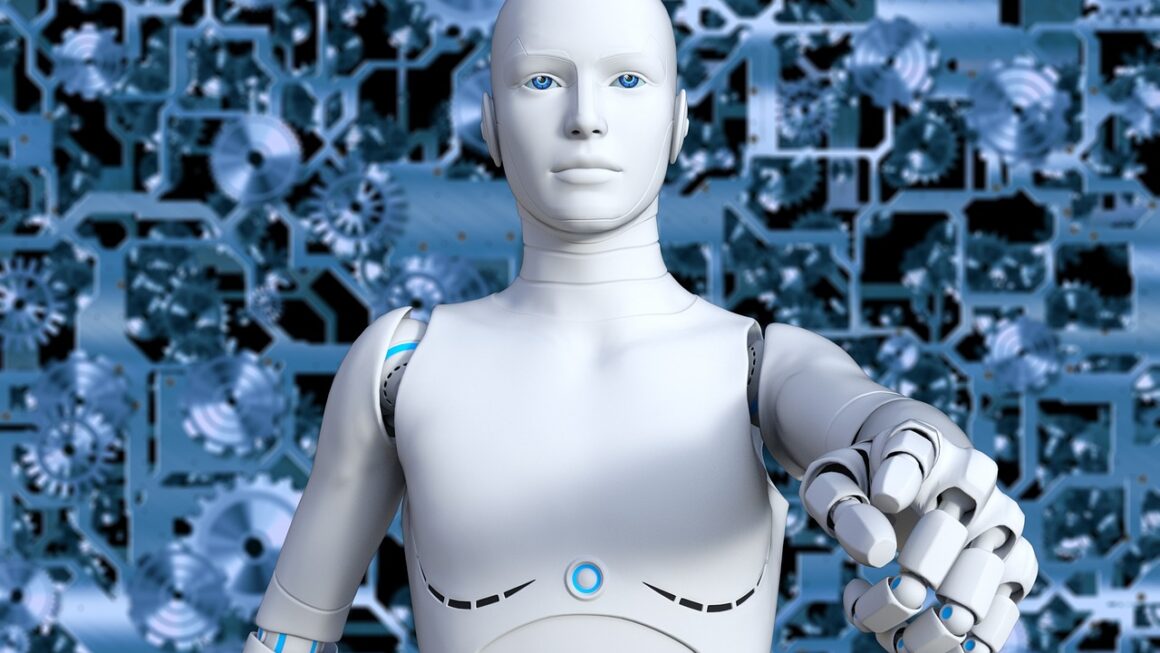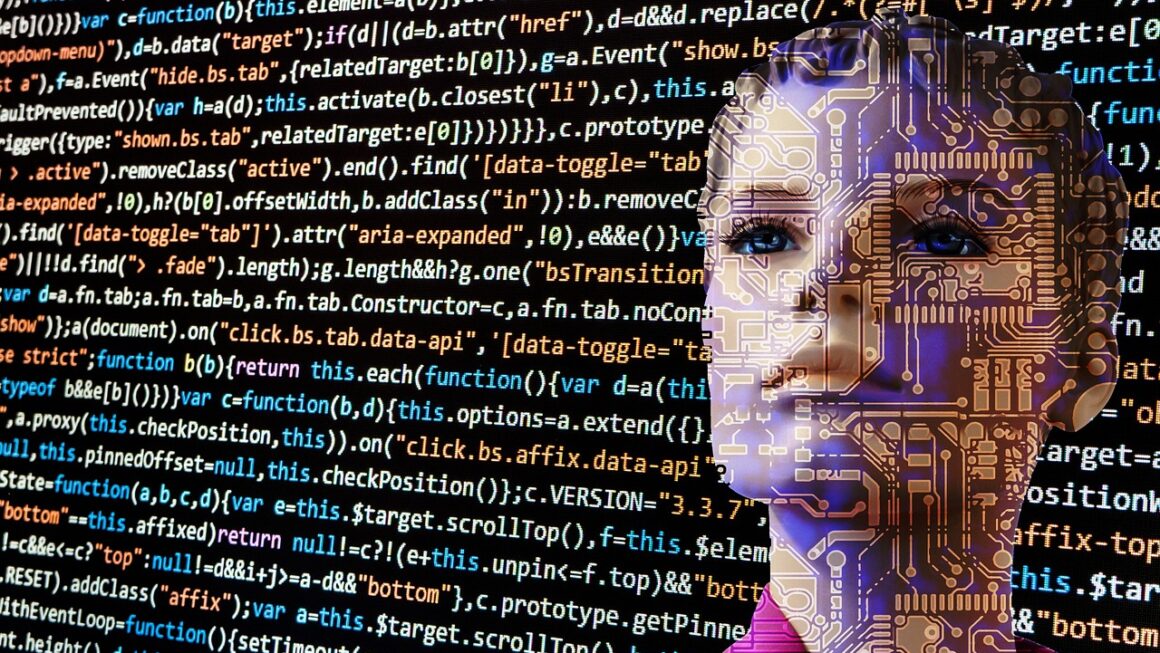Machine learning is rapidly transforming industries, enabling systems to learn from data, identify patterns, and make decisions with minimal human intervention. From powering personalized recommendations on your favorite streaming service to enabling self-driving cars, the applications of machine learning are vast and constantly expanding. Understanding the fundamentals of machine learning is crucial for anyone seeking to navigate the future of technology and business. This post delves into the core concepts of machine learning, exploring its types, algorithms, and practical applications.
What is Machine Learning?
Machine learning (ML) is a subset of artificial intelligence (AI) that focuses on enabling computers to learn from data without being explicitly programmed. Instead of relying on pre-defined rules, machine learning algorithms identify patterns, make predictions, and improve their accuracy over time through experience. This learning process involves feeding large datasets to the algorithm, allowing it to discern relationships and develop its own rules for decision-making.
The Core Components of Machine Learning
At its heart, machine learning involves a few key components that work together to enable learning:
- Data: The raw material for machine learning. This can include anything from customer transaction records to sensor readings from industrial equipment. The quality and quantity of data significantly impact the performance of the ML model.
- Algorithms: The mathematical formulas that enable the model to learn from data. Different algorithms are suited for different types of problems. Examples include linear regression, support vector machines, and neural networks.
- Model: The trained representation of the data, capturing the learned relationships and patterns. This model can then be used to make predictions or decisions on new, unseen data.
- Training: The process of feeding data to the algorithm and allowing it to adjust its parameters to improve its accuracy.
- Evaluation: Assessing the performance of the trained model using a separate dataset to ensure it generalizes well to new data. Metrics like accuracy, precision, and recall are used to evaluate model performance.
Machine Learning vs. Traditional Programming
Traditional programming relies on explicitly defining rules for a computer to follow. In contrast, machine learning allows the computer to learn the rules itself from data.
| Feature | Traditional Programming | Machine Learning |
|——————-|————————–|————————|
| Approach | Rule-based | Data-driven |
| Requires explicit rules | Yes | No |
| Learns from data | No | Yes |
| Adapts to change | Requires reprogramming | Adapts automatically |
- Example: Imagine you want to build a program to identify spam emails. Using traditional programming, you would need to manually define rules based on keywords, sender addresses, etc. This approach can be time-consuming and ineffective as spammers constantly adapt their techniques. With machine learning, you can train a model on a large dataset of spam and non-spam emails. The model will learn to identify patterns and characteristics of spam, making it much more effective at filtering spam emails.
Types of Machine Learning
Machine learning algorithms can be broadly categorized into several types based on the learning approach and the type of data they use. Understanding these categories is crucial for selecting the appropriate algorithm for a specific problem.
Supervised Learning
Supervised learning involves training a model on labeled data, where the input and output are known. The goal is to learn a mapping function that can predict the output for new, unseen inputs.
- Examples:
Classification: Predicting a categorical output (e.g., spam/not spam, cat/dog). Algorithms include logistic regression, support vector machines (SVM), and decision trees.
Regression: Predicting a continuous output (e.g., house price, stock price). Algorithms include linear regression, polynomial regression, and support vector regression (SVR).
- Practical Example: A real estate company uses supervised learning to predict the price of a house based on features like size, location, number of bedrooms, and age. They train a regression model on historical sales data, allowing it to accurately estimate the price of new properties.
Unsupervised Learning
Unsupervised learning involves training a model on unlabeled data, where only the input is known. The goal is to discover hidden patterns, structures, or relationships in the data.
- Examples:
Clustering: Grouping similar data points together (e.g., customer segmentation, anomaly detection). Algorithms include K-means clustering, hierarchical clustering, and DBSCAN.
Dimensionality Reduction: Reducing the number of variables while preserving important information (e.g., feature extraction, data visualization). Algorithms include principal component analysis (PCA) and t-distributed stochastic neighbor embedding (t-SNE).
- Practical Example: A marketing team uses unsupervised learning to segment their customer base into different groups based on their purchasing behavior. By using a clustering algorithm, they can identify distinct customer segments and tailor their marketing campaigns accordingly.
Reinforcement Learning
Reinforcement learning involves training an agent to make decisions in an environment to maximize a reward. The agent learns through trial and error, receiving feedback in the form of rewards or penalties.
- Key Concepts:
Agent: The entity that interacts with the environment.
Environment: The setting in which the agent operates.
Reward: A signal that indicates the desirability of an action.
Policy: A strategy that dictates the agent’s actions in different states.
- Practical Example: Reinforcement learning is used to train autonomous vehicles. The agent (the car) learns to navigate roads and avoid obstacles by receiving rewards for reaching its destination safely and penalties for collisions.
Semi-Supervised Learning
Semi-supervised learning is a hybrid approach that combines both labeled and unlabeled data. This approach can be useful when labeling data is expensive or time-consuming. The small amount of labelled data guides the learning and improves the overall performance.
- Practical Example: A medical image analysis system uses a small set of labeled images (e.g., images with tumors identified) combined with a large set of unlabeled images to train a model for tumor detection. This reduces the manual effort required for labeling while still achieving high accuracy.
Popular Machine Learning Algorithms
Numerous machine learning algorithms exist, each with its strengths and weaknesses. Here are a few of the most popular and widely used algorithms:
Linear Regression
A simple yet powerful algorithm used for predicting continuous values. It models the relationship between the input variables and the output variable using a linear equation.
- Use Cases: Predicting house prices, sales forecasting, stock market analysis.
- Strengths: Easy to understand and implement, computationally efficient.
- Weaknesses: Assumes a linear relationship, sensitive to outliers.
- Practical Example: Suppose you want to predict a company’s future revenue based on its advertising spend. You can use linear regression to model the relationship between advertising spend and revenue, allowing you to forecast future revenue based on different advertising scenarios.
Logistic Regression
Used for binary classification problems, where the output variable can take one of two values (e.g., 0 or 1, yes or no). It models the probability of the output belonging to a particular class using a logistic function.
- Use Cases: Spam detection, fraud detection, medical diagnosis.
- Strengths: Easy to implement, provides probabilities, robust to outliers.
- Weaknesses: Assumes linearity, can struggle with complex relationships.
- Practical Example: Banks use logistic regression to predict whether a customer will default on a loan based on their credit history, income, and other factors. The model outputs a probability score, allowing the bank to assess the risk associated with lending to that customer.
Support Vector Machines (SVM)
A powerful algorithm used for both classification and regression problems. It finds the optimal hyperplane that separates data points into different classes, maximizing the margin between the classes.
- Use Cases: Image classification, text classification, bioinformatics.
- Strengths: Effective in high-dimensional spaces, versatile, robust to outliers.
- Weaknesses: Computationally intensive, parameter tuning can be challenging.
- Practical Example: SVMs are used in image recognition to classify images into different categories (e.g., cats vs. dogs). The algorithm learns to identify distinctive features in the images and uses them to separate the images into different classes.
Decision Trees
A tree-like structure that represents a set of decisions and their possible consequences. It is used for both classification and regression problems.
- Use Cases: Credit risk assessment, medical diagnosis, customer churn prediction.
- Strengths: Easy to understand and interpret, handles both numerical and categorical data, non-parametric.
- Weaknesses: Prone to overfitting, can be unstable.
- Practical Example: A bank uses decision trees to assess the credit risk of loan applicants. The tree branches represent different decision rules based on factors like credit score, income, and debt-to-income ratio, leading to a final decision on whether to approve the loan.
Neural Networks
Inspired by the structure of the human brain, neural networks are a powerful class of algorithms used for complex tasks such as image recognition, natural language processing, and speech recognition.
- Key Components:
Neurons: Basic units that process and transmit information.
Layers: Organized collections of neurons.
Weights: Parameters that determine the strength of connections between neurons.
Activation Functions: Functions that introduce non-linearity.
- Types:
Feedforward Neural Networks: Information flows in one direction, from input to output.
Convolutional Neural Networks (CNNs): Specialized for processing images and videos.
Recurrent Neural Networks (RNNs): Designed for processing sequential data, such as text and time series.
- Practical Example: Neural networks are used in self-driving cars to process sensor data (e.g., images from cameras, lidar data) and make decisions about steering, acceleration, and braking.
Applications of Machine Learning Across Industries
Machine learning is transforming numerous industries, enabling businesses to automate tasks, improve decision-making, and create new products and services.
Healthcare
- Diagnosis and Treatment: Machine learning can analyze medical images, predict patient outcomes, and personalize treatment plans.
- Drug Discovery: Accelerating the drug discovery process by identifying potential drug candidates and predicting their effectiveness.
- Remote Patient Monitoring: Monitoring patients remotely using wearable sensors and predicting potential health issues.
- Example: Machine learning algorithms can analyze X-ray images to detect diseases like pneumonia or cancer more accurately and efficiently than human radiologists.
Finance
- Fraud Detection: Identifying fraudulent transactions in real-time.
- Risk Management: Assessing credit risk and predicting market trends.
- Algorithmic Trading: Automating trading decisions based on market data.
- Example: Banks use machine learning to detect fraudulent credit card transactions by analyzing transaction patterns and identifying suspicious activity.
Retail
- Personalized Recommendations: Providing personalized product recommendations based on customer preferences.
- Inventory Management: Optimizing inventory levels and predicting demand.
- Customer Segmentation: Segmenting customers into different groups for targeted marketing campaigns.
- Example: E-commerce websites use machine learning to recommend products to customers based on their browsing history and past purchases, increasing sales and improving customer satisfaction.
Manufacturing
- Predictive Maintenance: Predicting equipment failures and scheduling maintenance proactively.
- Quality Control: Detecting defects in products during the manufacturing process.
- Process Optimization: Optimizing manufacturing processes to improve efficiency and reduce waste.
- *Example: Manufacturers use machine learning to predict when a machine is likely to fail, allowing them to schedule maintenance before a breakdown occurs, reducing downtime and saving money.
Conclusion
Machine learning is a powerful technology that is rapidly changing the world. By understanding the fundamentals of machine learning, including its types, algorithms, and applications, you can leverage its potential to solve complex problems and drive innovation in your industry. As data continues to grow and algorithms become more sophisticated, the opportunities for machine learning will only continue to expand. Whether you’re a business leader, a data scientist, or simply curious about the future of technology, now is the time to embrace the power of machine learning. The key takeaway is that with strategic application of these concepts, the future is ripe with opportunities for innovation and efficiency improvements across all sectors.




